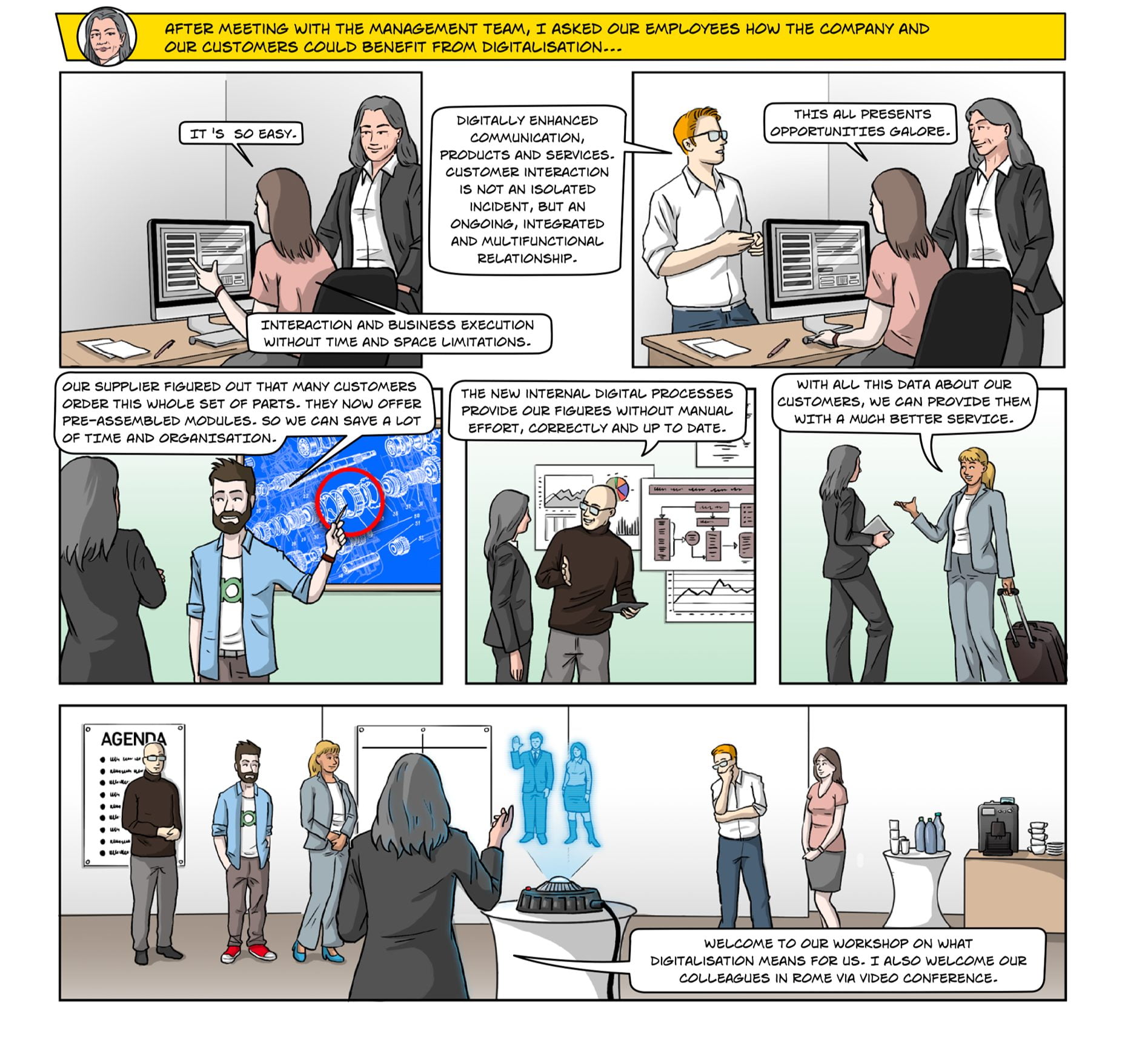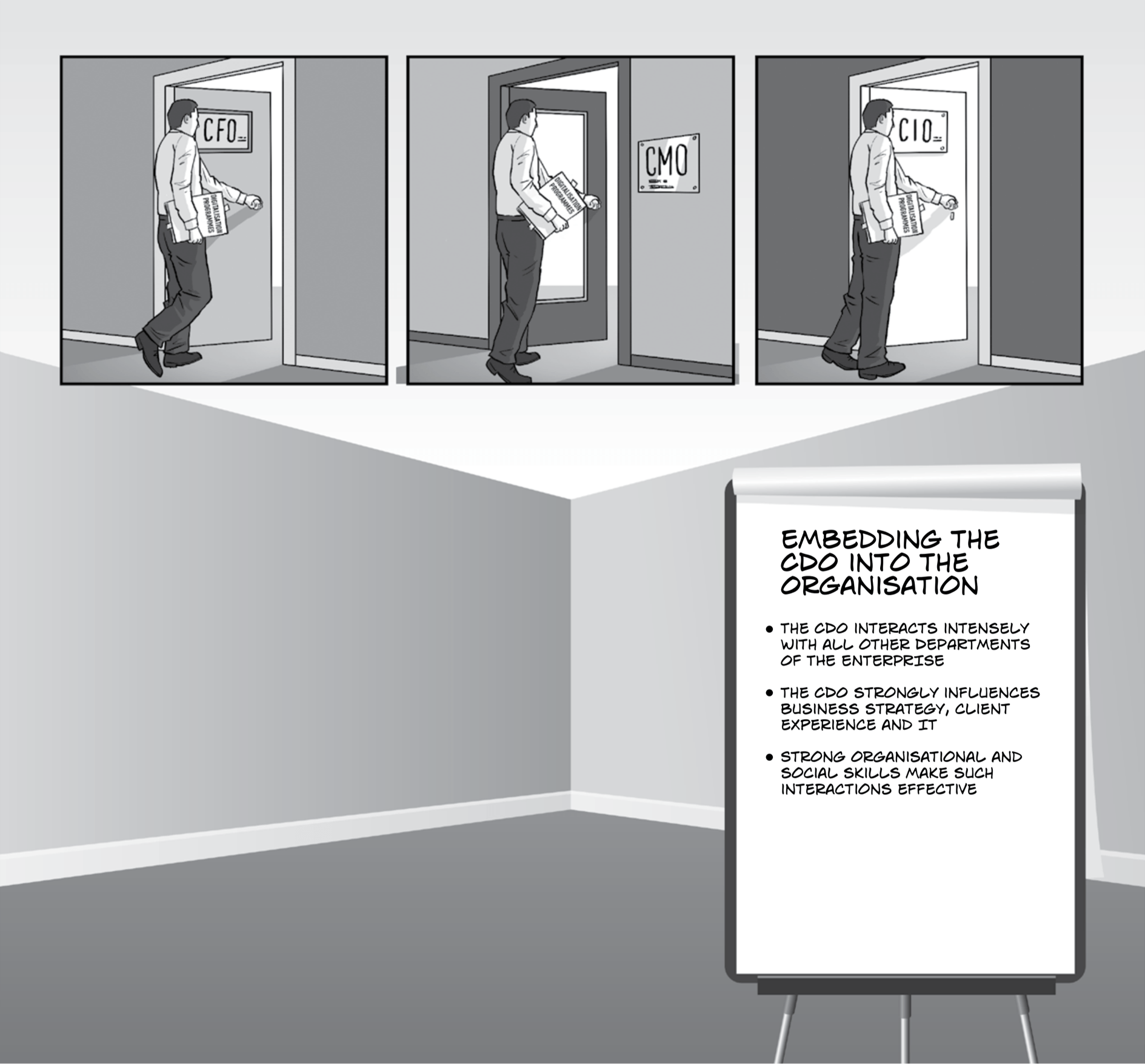Standardized methodologies and frameworks offer a reference, but projects inherently entail a degree of uncertainty. The ability to deal with this uncertainty makes the difference between a successful transformation and one that fails to fully realize its benefits.
You may think that you can take a standard course or read a textbook to gain this knowledge. However, reality is often more twisted than academia can imagine. Therefore, the Circle provides a platform to discuss project management skills that are not covered in Project Management 101, such as partially agile organizations, cognitive agility, the “real” role of the product owner, the power of retrospectives and many other topics.





